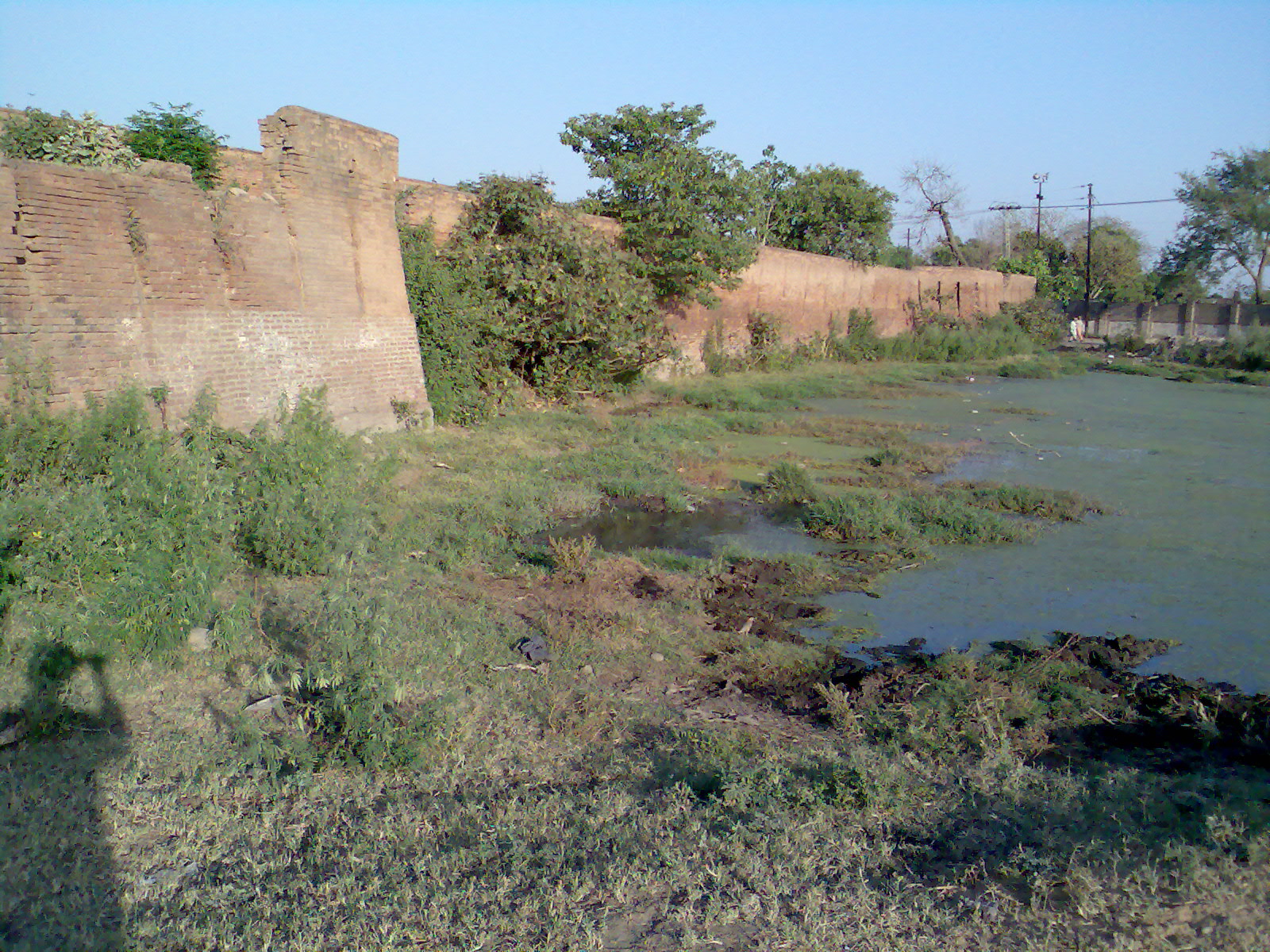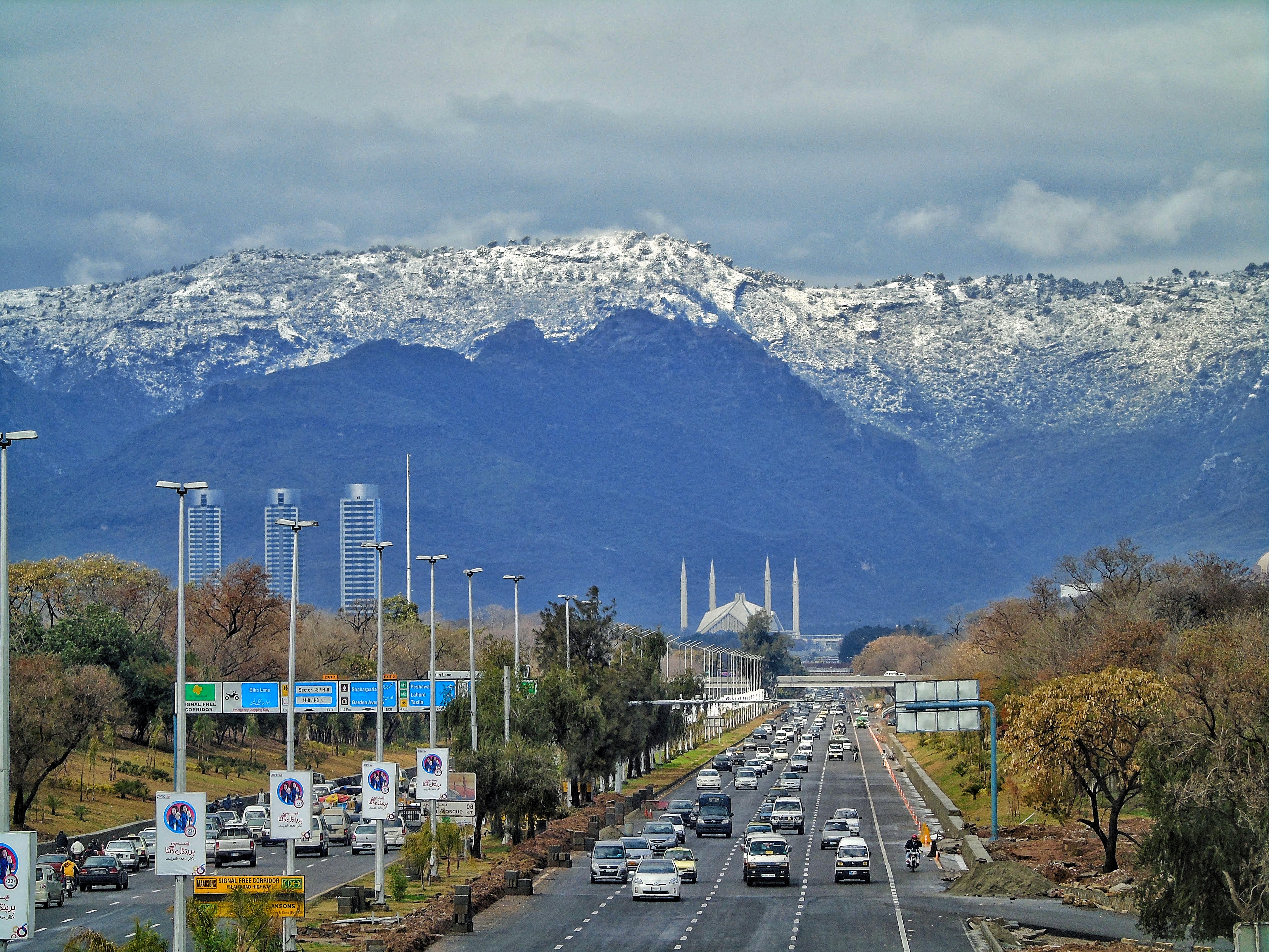|
Bhoanj
Bhowanj is a village in the Punjab province of Pakistan. It is located at the distance of around 15 km from the city of Jhelum. Bhowanj is located at the banks of Upper Jhelum Canal. Bhowanj is located in a valley between Tilla Jogian mountain range and the hills of Pubbi. The village has a government schools for both boys and girls and there is also a couple of clinics providing medical facilities. Demographics The population of village Bhowanj is around 3000 persons with 55% male and 45% female ratio. Economy Bhowanj is a rapidly growing village and the expansion is fed by growing number of its residents finding work and doing businesses in other major cities of Pakistan and quite a few of them are living and working in other countries mainly UAE, Kuwait, Qatar, Saudi Arabia, France, United Kingdom ,Spain ,South Africa and ireland to name a few. Transport Bhowanj is very well connected the outside world with a good road connection to the city of Jhelum which is at half a ... [...More Info...] [...Related Items...] OR: [Wikipedia] [Google] [Baidu] |
Punjab, Pakistan
Punjab (; , ) is one of the four provinces of Pakistan. Located in central-eastern region of the country, Punjab is the second-largest province of Pakistan by land area and the largest province by population. It shares land borders with the Pakistani provinces of Khyber Pakhtunkhwa to the north-west, Balochistan to the south-west and Sindh to the south, as well as Islamabad Capital Territory to the north-west and Autonomous Territory of AJK to the north. It shares an International border with the Indian states of Rajasthan and Punjab to the east and Indian-administered Kashmir to the north-east. Punjab is the most fertile province of the country as River Indus and its four major tributaries Ravi, Jhelum, Chenab and Sutlej flow through it. The province forms the bulk of the transnational Punjab region, now divided among Pakistan and India. The provincial capital is Lahore — a cultural, modern, historical, economic, and cosmopolitan centre of Pakistan. Other major cities ... [...More Info...] [...Related Items...] OR: [Wikipedia] [Google] [Baidu] |
Jhelum
Jhelum ( Punjabi and ur, ) is a city on the east bank of the Jhelum River, which is located in the district of Jhelum in the north of Punjab province, Pakistan. It is the 44th largest city of Pakistan by population. Jhelum is known for providing many soldiers to the British Army before independence, and later to the Pakistan armed forces – due to which it is also known as ''City of Soldiers'' or ''Land of Martyrs and Warriors''. Jhelum is a few miles upstream from the site of the ancient Battle of the Hydaspes between the armies of Alexander and King Porus. Possibly Jhelum City was the capital of Porus' Kingdom, Paurava. A city called Bucephala was founded nearby to commemorate the death of Alexander's horse, Bucephalus. Other notable sites nearby include the 16th-century Rohtas Fort, the Tilla Jogian complex of ancient temples, and the 16th-century Grand Trunk Road which passes through the city. According to the 2017 census of Pakistan, the population of Jhelum was 19 ... [...More Info...] [...Related Items...] OR: [Wikipedia] [Google] [Baidu] |
Upper Jhelum Canal
The Upper Jhelum Canal is an irrigation canal in Pakistan that provides water to 1.8 million acres of farmland. The Upper Jhelum Canal starts at the Jhelum River at Mangla Dam. It runs through Gujrat and Mandi Bahauddin in Punjab, Pakistan, and then finally ends up in the Chenab River at Khanki Barrage. Floodwater nullahs drain through the Upper Jhelum Canal into the Jhelum River at several locations. The canal was designed and built by Sir John Benton, a British irrigation engineer, who later became inspector general of irrigation. Work on the canal started in 1913 and was completed in 1916 when the canal became fully operational. In the 1960s, the construction of Mangla Dam forced the replacement of the canal's head regulator . On October 24, 2019, the canal was severely damaged by the 2019 Kashmir earthquake. The Punjab Irrigation Department Punjab Irrigation Department (), Pakistan, is a provincial irrigation department in the Punjab province of Pakistan. Punjab Irri ... [...More Info...] [...Related Items...] OR: [Wikipedia] [Google] [Baidu] |
Tilla Jogian
Tilla Jogian ( Punjabi and ur, ) is an abandoned Hindu temple and monastic complex located on the summit of the ''Tilla Jogian'' mountain in the Salt Range of Pakistan's Punjab province. The complex was the most important centre for Hindu '' jogis'' in Punjab prior to 1947, and had housed hundreds of ascetics. The site is also important in Sikhism for its association with the founder of the Sikh faith, Guru Nanak. Location The Tilla Jogian complex is located on Pakistan's Potohar plateau, approximately 25 km west of the cities of Jhelum and Dina. The complex is located near the Jhelum River and the Grand Trunk Road – the ancient route which connected Central Asia to India. Tilla Jogian is also near the Rohtas Fort, and the Katas Raj Temples – another important Hindu pilgrimage site with a sacred pond that is said to have been created from the teardrops of the Hindu god ''Shiva.'' Tilla Jogian complex is located in Pakistan's Salt Range, on a mountaintop of the same n ... [...More Info...] [...Related Items...] OR: [Wikipedia] [Google] [Baidu] |
Islamabad
Islamabad (; ur, , ) is the capital city of Pakistan. It is the country's ninth-most populous city, with a population of over 1.2 million people, and is federally administered by the Pakistani government as part of the Islamabad Capital Territory. Built as a planned city in the 1960s, it replaced Rawalpindi as Pakistan's national capital. The city is notable for its high standards of living, safety, cleanliness, and abundant greenery. Greek architect Constantinos Apostolou Doxiadis developed Islamabad's master plan, in which he divided it into eight zones; administrative, diplomatic enclave, residential areas, educational and industrial sectors, commercial areas, as well as rural and green areas administered by the Islamabad Metropolitan Corporation with support from the Capital Development Authority. Islamabad is known for the presence of several parks and forests, including the Margalla Hills National Park and the Shakarparian. It is home to several landmarks, includin ... [...More Info...] [...Related Items...] OR: [Wikipedia] [Google] [Baidu] |
Grand Trunk Road
The Grand Trunk Road (formerly known as Uttarapath, Sarak-e-Azam, Shah Rah-e-Azam, Badshahi Sarak, and Long Walk) is one of Asia's oldest and longest major roads. For at least 2,500 years it has linked Central Asia to the Indian subcontinent. It runs roughly from Teknaf, Bangladesh on the border with Myanmar west to Kabul, Afghanistan, passing through Chittagong and Dhaka in Bangladesh, Kolkata, Prayagraj, Delhi, and Amritsar in India, and Lahore, Rawalpindi, and Peshawar in Pakistan. Chandragupta Maurya, the founder of the ancient Indian Maurya Empire, built this highway along an ancient route called Uttarapatha in the 3rd century BCE, extending it from the mouth of the Ganges to the north-western frontier of the Empire. Further improvements to this road were made under Ashoka.Romila Thapar, p. 236Early India: From the Origins to AD 1300/ref> The old route was re-aligned by Sher Shah Suri to Sonargaon and Rohtas.Vadime Elisseeff, p. 159-162The Silk Roads: Highways of C ... [...More Info...] [...Related Items...] OR: [Wikipedia] [Google] [Baidu] |





_hilight_19_44.png)